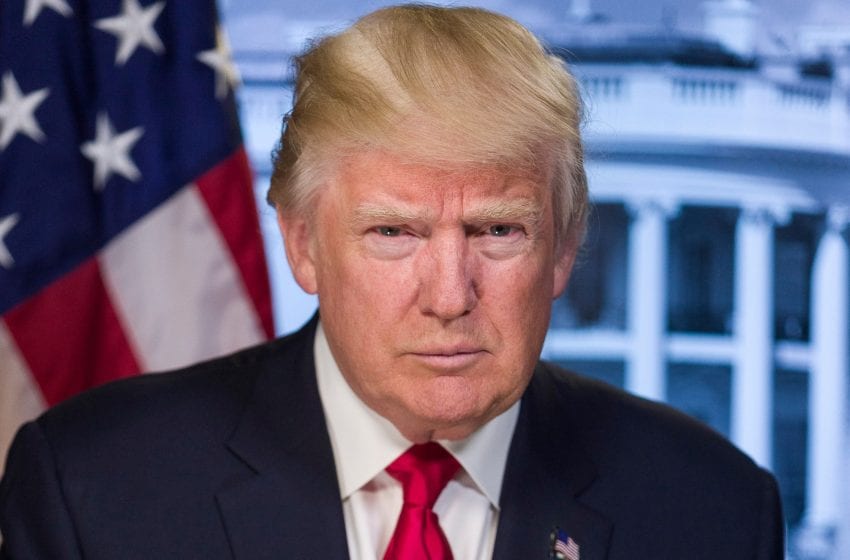
Having weathered the supply disruptions of Covid-19, tobacco freight forwarders must now dodge missiles in one of the world’s busiest waterways.
By Stefanie Rossel
Forwarding businesses that are specialized in the shipping and storage of tobacco have gone through some challenging years: The Covid-19 pandemic led to a scarcity of containers and caused shipping rates to skyrocket in 2020–2022. The situation eased in 2023 when inflation tempered demand and eventually even reversed the supply and demand balance.
The end of last year, however, brought about a new test for the sector. Just as global supply chains returned to normal, the Houthis, a Shia Islamist political and military organization that emerged from Yemen in the 1990s, began attacking container ships and oil tankers passing through the southern Red Sea and even hijacked one of the vessels.
The attacks with ballistic missiles and drones near the entrance to the Bab-el-Mandeb Strait—a vital corridor for global shipping—started Nov. 19, shortly after the outbreak of the war between Israel and Hamas in early October. The strikes are in retaliation for Israel’s military offensive in the Gaza Strip, which by mid-February had killed around 27,500 civilians, according to Gaza’s health ministry. The Houthis claim that they target vessels linked to Israel and its U.S. and British allies, although ships associated with other nations have reportedly been hit as well.
There is strong evidence that Iran is bankrolling and arming the militants, who have meanwhile extended their attacks to include the neighboring Gulf of Aden. In response to the continuing attacks, U.S. and British forces have struck Houthi targets in Yemen to secure the waterway. The European Union is also planning a military operation to protect one of the world’s most important maritime trade routes.
Despite the airstrikes on the Houthis’ bases in Yemen, the rebel group’s drone and missile activity continues. Shipping companies began avoiding trade routes via the Suez Canal In December, rerouting their journeys via Africa’s Cape of Good Hope—a detour that greatly increases the time and cost of many shipments. According to data from supply chain platform Project44, the number of container vessels sailing through the Suez Canal fell by about 65 percent between December 2023 and the end of January 2024.
Longer Travel Time, Higher Costs
The Suez Canal carries an estimated 12 percent of global trade and is the shortest sea route between Southeast Asia and Europe. Cargo travels 8,500 nautical miles in 26 days to be shipped from Singapore to Rotterdam, for instance. By contrast, the trip around the southern tip of Africa takes 36 days and measures 11,800 nautical miles.
The Red Sea shipping disruptions impact many nations, but European countries are likely to feel the heaviest impact, according to business intelligence firm Euromonitor International. While electronics, chemicals, automotive, machinery and other engineering industries in Europe—which rely heavily on components imported from Asia—are the most vulnerable to trade disruptions, production disruptions would also impact upstream industries and cause temporary deficits of components or manufactured goods. “In turn, this would add to the higher inflationary pressures across Europe,” writes Euromonitor in a report. “Companies are also likely to face greater pressure on their profit margins as slower economic and consumer income growth make it more difficult to fully pass on cost increases to the end consumer.”
Nonetheless, Euromonitor says that large-scale trade disruptions as witnessed during the Covid-19 pandemic are unlikely because global production capacity remains sufficient and shipping companies and buyers have greater flexibility in adjusting their trade routes and production processes. This, however, will result in higher logistics costs for the companies. Euromonitor estimates that the 10 extra days needed to sail around the Cape of Good Hope require approximately $900,000 in additional fuel. Increased travel time and higher insurance costs for shipping companies also directly impact shipping rates, the research company points out. “For example, freight prices for a 40-foot-equivalent container on Asia-Europe routes have more than doubled to $4,000.”
The shipping disruptions lead to a series of other issues, including delays further down the transportation network. “Changes and disruptions to shipping schedules will cause challenges in ports and put greater pressure on cargo handling and road transport sectors to efficiently handle the goods and avoid major delays,” writes Euromonitor. “For buyers of logistics services, it will likely result in higher prices, as logistics providers will face higher labor, fuel and fleet management costs.”
Challenging Shipments

Sea freight accounts for 80 percent of Andromeda Forwarding and Logistics’ operations. While it offers all the services of a carrier, the Rotterdam-headquartered company does not own any vessels.
Until the Houthi attacks began, 80 percent of Andromeda’s shipments went through the Suez Canal, according to Lisa Rautenbach, Andromeda’s tobacco department manager. “This issue has so far impacted all commodities that have to be transported through the Red Sea and the Suez Canal,” she says. “Routings dramatically changed, with the result that they have a very long transit, and some routings have added an extra 30 days prior to arrival.”
Meanwhile, shipments are being delayed, leading to longer transit times and additional surcharges, with minimum equipment and space available for new bookings. Vessels are overbooked, leaving little space for additional shipments. “Blank sailings,” which is when an ocean carrier cancels or skips a scheduled port of call or region in the middle of a fixed rotation, also occur.
Freight rates increase, and liners use the Red Sea crisis as an excuse to raise rates for routings that don’t even need to be rerouted or were never planned for the Red Sea route, according to Rautenbach. “After finally having seen stable rates after the pandemic, we now have to cope with supplementary fees that are added to pending shipments already sailing; with shipments forced to be rerouted while already on route; and, unfortunately, with disappointing our customers, which is out of our control.”
While it is uncertain how much longer the security crisis in the Red Sea will last, shippers, vessel operators and manufacturers may perhaps take comfort in the fact that they have learned from the Covid pandemic. In a recent article on U.S. National Public Radio, supply chain experts noted that affected companies quickly evaluated the emerging threat this time and took action much sooner. Manufacturers benefit from having gone back from a just-in-time to a just-in-case inventory due to the pandemic, experts said. The bottom line, however, is that all stakeholders involved in the forwarding business must learn to live with uncertainty.































